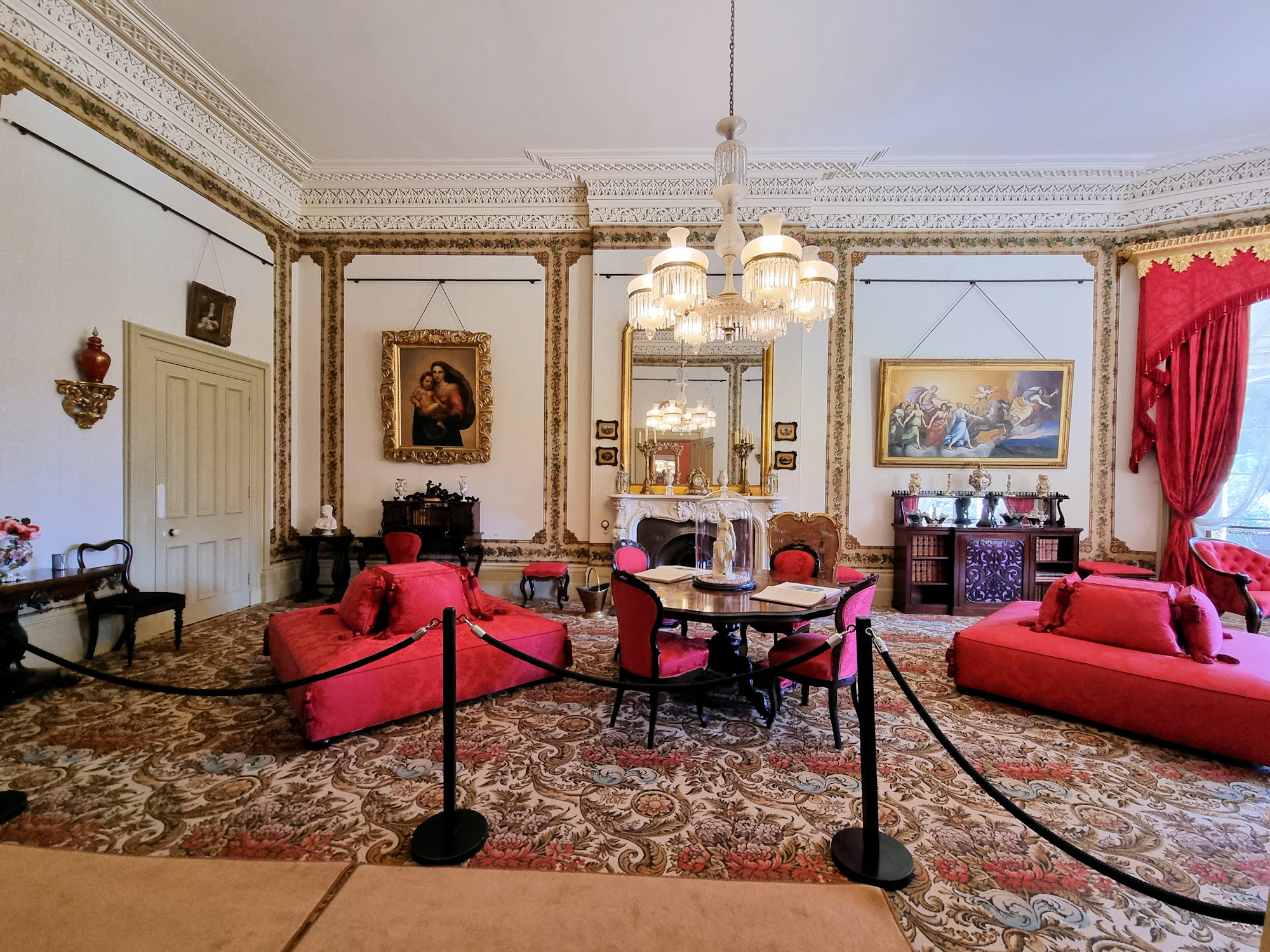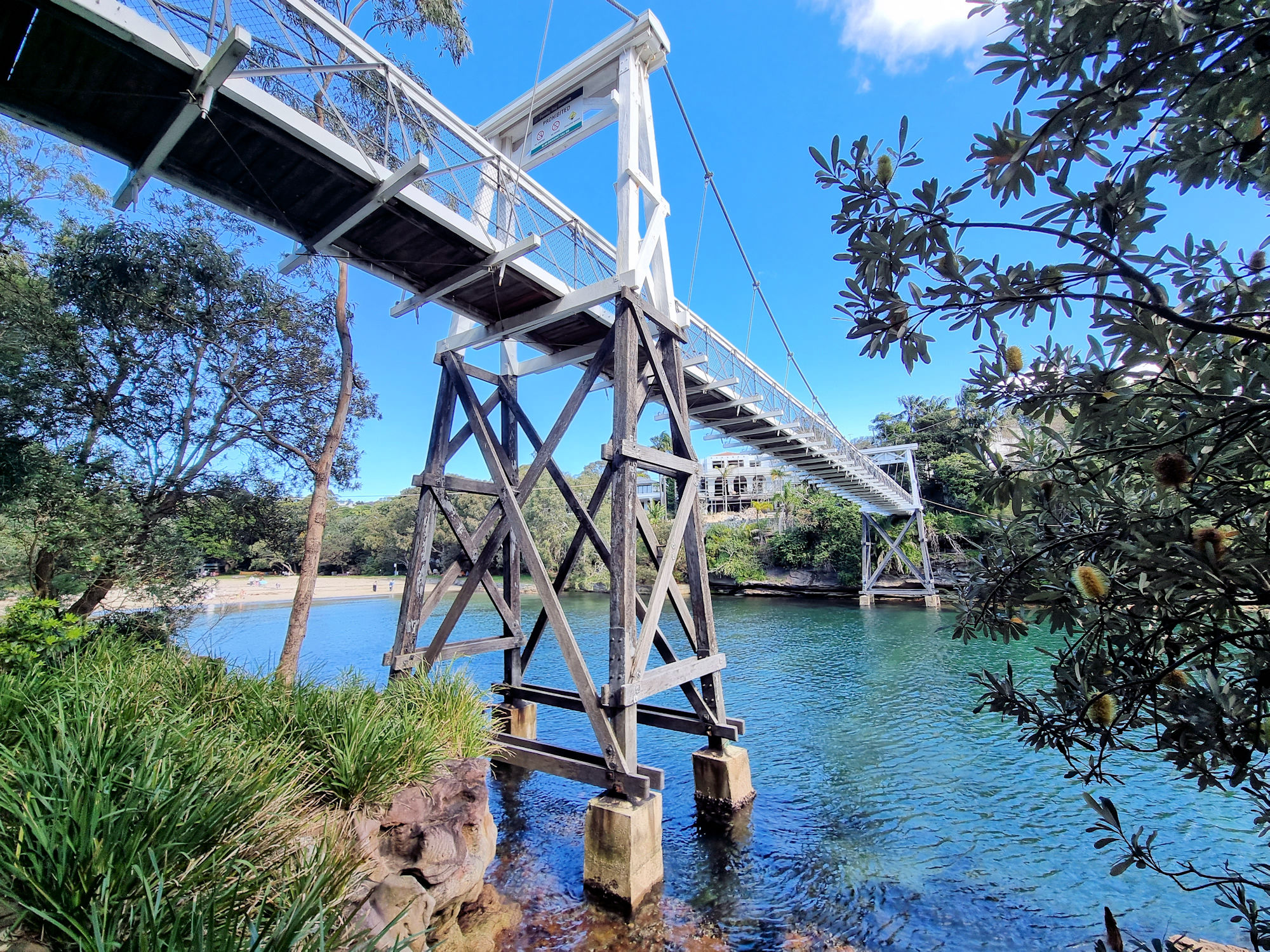Category: Building
Building
-
Vaucluse House Sydney Historic Home

Vaucluse House Sydney Completed between 1803 and 1839 in the Gothic Revival style, Vaucluse House is one of the few remaining colonial mansions in Sydney still surrounded by its original gardens and wooded grounds. Purchased by colonial explorer, barrister and politician William Charles Wentworth in 1827, it was expanded from a simple cottage to a… Read more
-
Parsley Bay Bridge and Beach

Parsley Bay Bridge Constructed in 1910, the cable suspension bridge over Parsley Bay connects both sides of the inlet while providing a great view of the beach and Sydney Harbour. Although originally built for practical reasons, it is now an attraction in itself, in addition to the lovely beach it overlooks. Getting There We walked… Read more
-
Hermitage Foreshore Walk Sydney Harbour
Hermitage Foreshore Walk at Vaucluse on Sydney Harbour Running from Hermitage Reserve to Nielson Park, the Hermitage Foreshore Walk is a great way to take in Sydney Harbour and views to the city. In addition, you pass several historical houses, which are worth a visit if opened. How to Get There We walked from Vaucluse… Read more